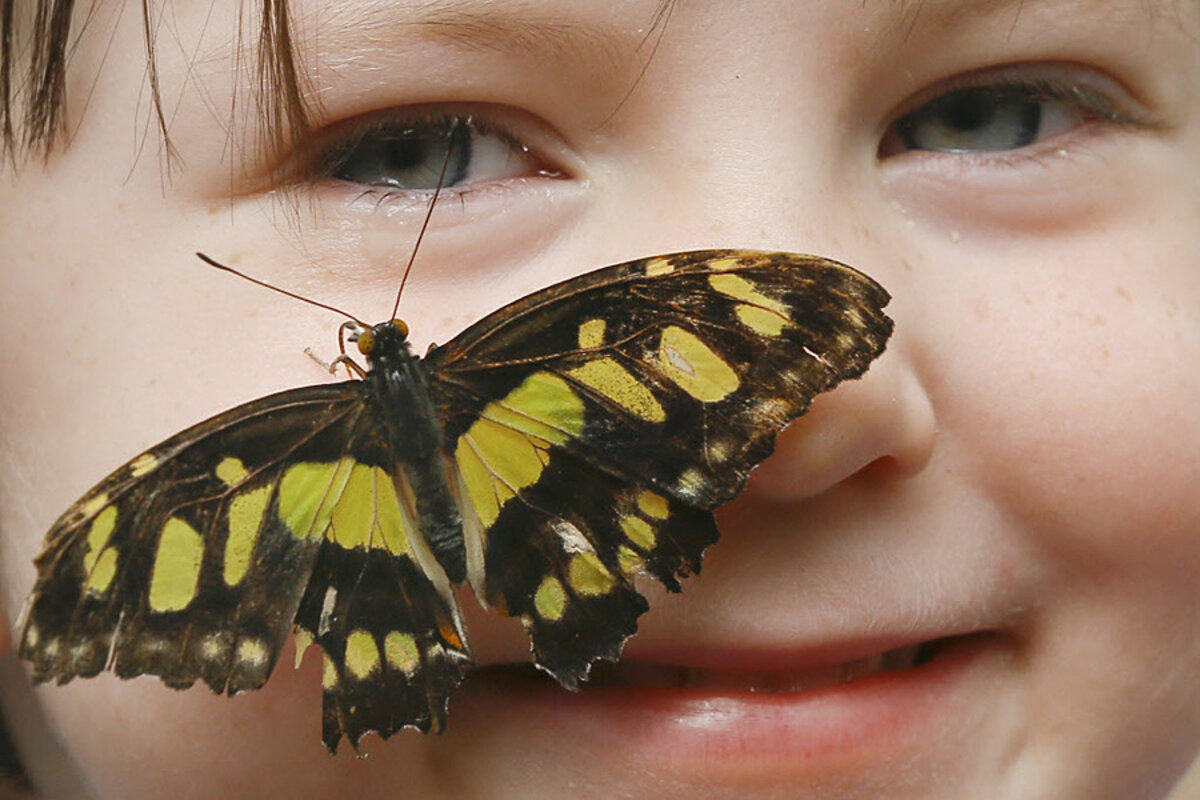Drought-sensitive butterflies could be extinct in UK by 2050
Loading...
Climate change may have a widespread effect on butterfly populations in Britain if conservationists don’t act soon. A new study published Monday warns that a continuing rise in global temperatures could cause permanent damage.
“…widespread drought-sensitive butterfly population extinctions could occur as early as 2050,” in the journal Nature Climate Change.
The study found that butterfly species that are especially sensitive to drought are most likely to experience a sharp population decrease during dry spells. And, as the Earth warms, these species are more likely to go extinct due to climate change. , the average global temperature on Earth has increased by 0.8 degrees Celsius (1.4 degrees Fahrenheit) since 1880. Two-thirds of the warming has occurred since 1975.
, scientists led by Tom Oliver of the NERC Center of Ecology and Hydrology in Britain examined data from 129 sites to see how 28 species responded to a severe drought in 1995. The results? Crushing population depletion.
The study looked at six different British butterfly species and found that the species hardest hit were the Pieris brassicae with a 60% population collapse and the Peiris rapae at 56% depleted. Scientists believe the data is a result of both climate change and extreme weather events spurred by these changes:
“There is strong evidence that climate change will have increasingly large impacts on biodiversity. This is especially so from increases in the frequency of extreme events, although the impacts of these have been less studied than responses to gradual change in climatological means. Species responses to climate can be highly nonlinear, with threshold effects of extreme weather events, and in particular droughts, causing population collapse.”
In a critical finding, the researchers discovered a direct link between landscape and recovery: the more fragmented the habitat, the longer it took for populations to revive.
“Conservationists increasingly recognize the importance of reducing fragmentation of natural habitats rather than simply managing protected ‘islands’ in a hostile landscape of intensive farming,” Mr. Oliver told AFP by email.
Scientists say there are ways to stem the tide. If people use land efficiently they can maximize conservation benefits with minimum impact on other land uses such as food and energy production. However, to ensure survival of drought-sensitive species through the entire twenty-first century, a combination of major emissions reductions along with significant reductions in habitat fragmentations is required.
And you can contribute. offers some tips for drivers looking to cut their carbon emissions.
- Alternatives to driving. When possible, walk or ride your bike in order to avoid carbon emissions completely.
- Driving style. Speeding and unnecessary acceleration , waste gas and money, and increase your carbon footprint.
- Tire inflation and other tuning. Properly inflated tires improve your gas mileage by up to 3%.
- Avoid traffic. Being stuck in traffic wastes gas and unneccessarily creates CO2. Use traffic websites and apps and go a different way or wait.
- Combine errands to make fewer trips. Remove excess weight from your car. Use cruise control.





